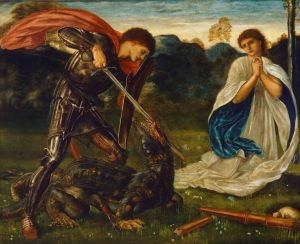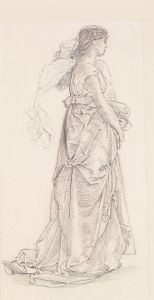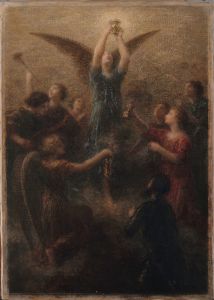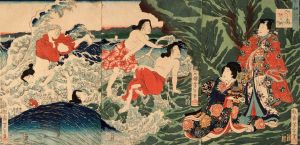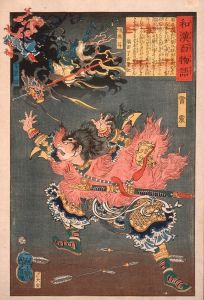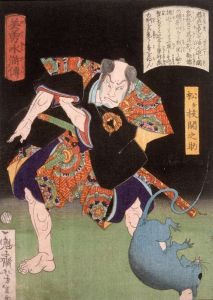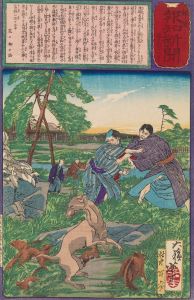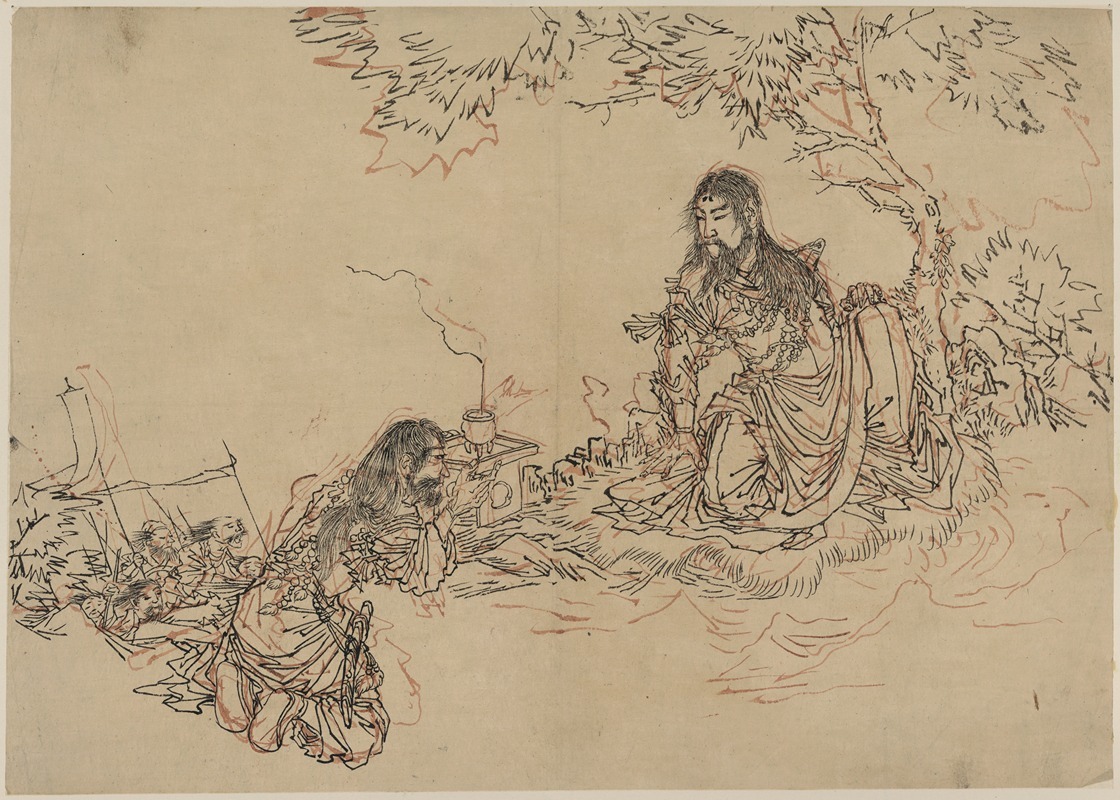
Yamato Takeru no Mikoto
A hand-painted replica of Tsukioka Yoshitoshi’s masterpiece Yamato Takeru no Mikoto, meticulously crafted by professional artists to capture the true essence of the original. Each piece is created with museum-quality canvas and rare mineral pigments, carefully painted by experienced artists with delicate brushstrokes and rich, layered colors to perfectly recreate the texture of the original artwork. Unlike machine-printed reproductions, this hand-painted version brings the painting to life, infused with the artist’s emotions and skill in every stroke. Whether for personal collection or home decoration, it instantly elevates the artistic atmosphere of any space.
Tsukioka Yoshitoshi (1839–1892) was a prominent Japanese ukiyo-e artist, known for his innovative and dramatic woodblock prints that often depicted historical, mythological, and supernatural themes. One of his works, Yamato Takeru no Mikoto, portrays the legendary Japanese prince Yamato Takeru, a heroic figure from ancient Japanese history and mythology.
Yamato Takeru is a central figure in Japanese folklore, whose exploits are recounted in historical texts such as the Kojiki (Records of Ancient Matters) and the Nihon Shoki (Chronicles of Japan). He is described as a brave and skilled warrior, known for his military campaigns to subdue rebellious tribes and expand the Yamato state’s influence during the early stages of Japanese history. His life is steeped in myth, including stories of his use of the sacred sword Kusanagi-no-Tsurugi, one of the three Imperial Regalia of Japan, which he is said to have wielded to escape a trap set by his enemies.
Yoshitoshi’s depiction of Yamato Takeru reflects his signature style, which combines dynamic composition, vivid colors, and intricate details to convey both the physical and emotional intensity of the subject. The artwork captures a moment of dramatic tension, with Yamato Takeru often shown in a heroic pose, emphasizing his strength and determination. Yoshitoshi’s ability to blend historical and mythological elements with a sense of realism and emotion has made this piece a notable example of his work.
This print is part of Yoshitoshi’s broader body of work, which often explored themes of heroism, tragedy, and the supernatural. His art was produced during the late Edo and early Meiji periods, a time of significant cultural and political change in Japan. Yoshitoshi’s works are considered a bridge between traditional ukiyo-e and modern Japanese art, as he incorporated new techniques and perspectives while maintaining the essence of classical woodblock printing.
While specific details about the creation date or the exact series to which Yamato Takeru no Mikoto belongs may not be readily available, the piece is representative of Yoshitoshi’s interest in legendary figures and his ability to bring them to life through his art. Today, Yoshitoshi’s works, including this depiction of Yamato Takeru, are celebrated for their artistic and historical significance, offering insight into Japan’s rich cultural heritage and the enduring appeal of its myths and legends.






